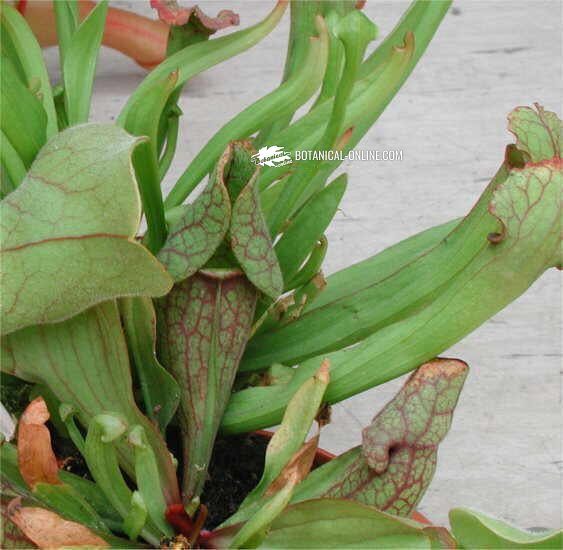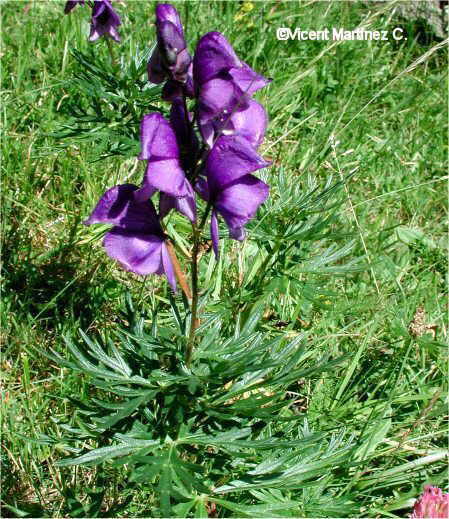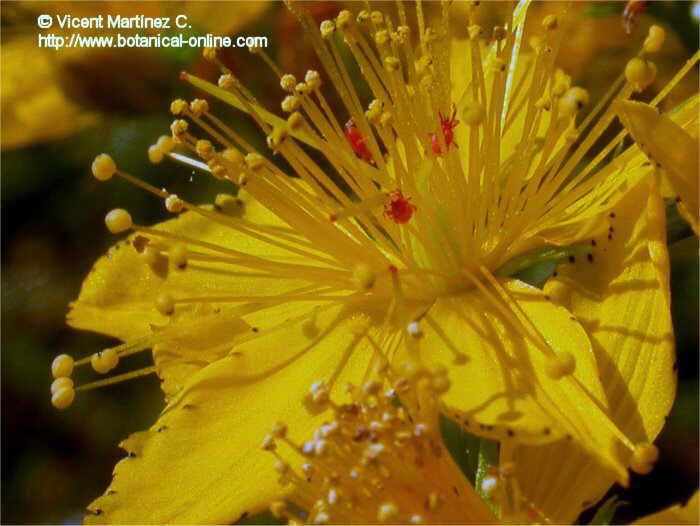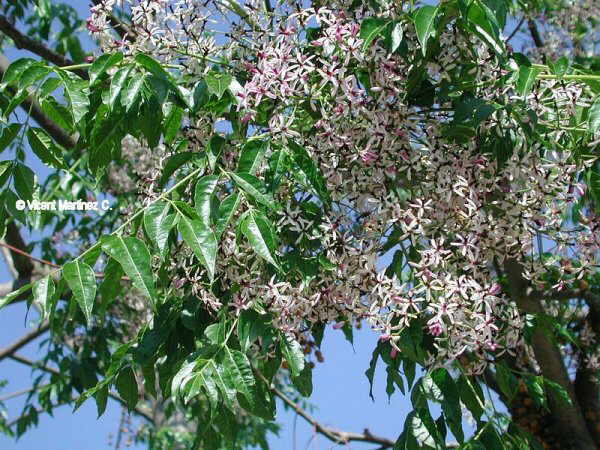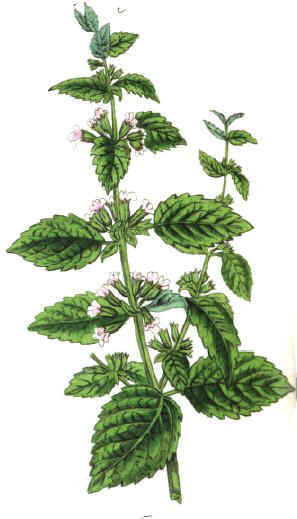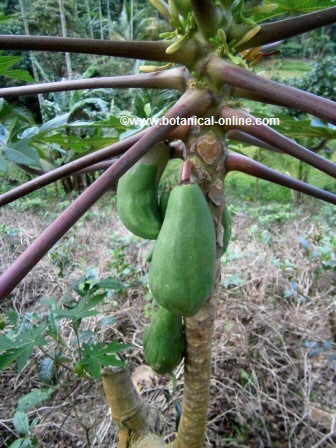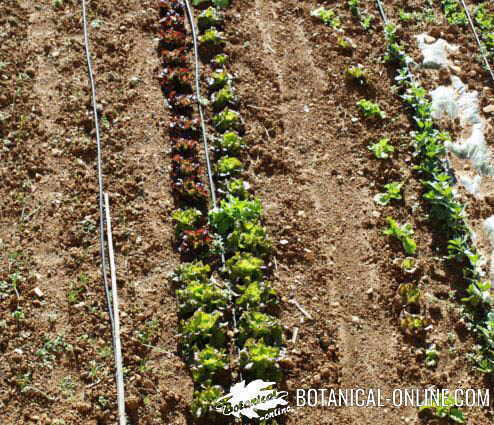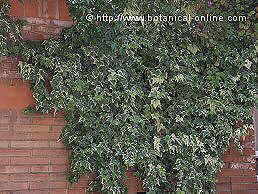Contents
- 1 What are cruciferous vegetables and what are their benefits?
- 1.1 Cruciferous vegetables are rich in calcium, for bones and osteoporosis
- 1.2 Broccoli and cruciferous vegetables against cancer
- 1.3 Cruciferous vegetables for slimming
- 1.4 Other properties of cruciferous vegetables
- 1.5 CRUCIFEROUS VEGETABLE CONTRANDICATIONS
- 1.6 Cruciferous vegetables can be irritating
- 1.7 Benefits of growing Cruciferae
What are cruciferous vegetables and what are their benefits?
Cruciferous vegetables are plants that botanically belong to the family of Brassicaceae. This family includes vegetables as diverse as mustard, broccoli, cabbage, arugula, cauliflower or radishes.
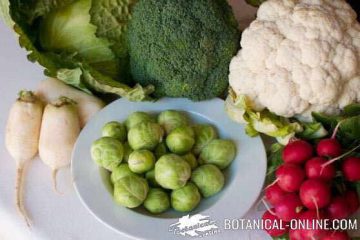
All cruciferous plants have in common the presence of substances called glucosinolates, which are active components present in these vegetables to protect against their predators.
Glucosinolates have a spicy flavor, very characteristic in mustard, but less evident in other vegetables such as broccoli. This is because, during cooking, most of these spicy components are lost.
Cruciferous vegetables are rich in calcium, for bones and osteoporosis
The vegetables of the cabbage family are very rich in calcium. A generous portion of these vegetables provides as much calcium and 1 glass of milk, for example, a dish of cabbage kale, broccoli, cauliflower, … In fact, the calcium in these foods is the one with the best absorption (60% ), higher than the absorption of calcium from dairy products (30%). (more information)
In addition these vegetables are also an excellent source of vitamin K, potassium and magnesium, other important components in the metabolism of calcium and for the maintenance of good bone condition.
Therefore they are highly recommended vegetables in diets for osteoporosis, or for the recovery of bones and structures after fractures or sprains. And of course, they are very suitable in any healthy diet, especially in times of higher calcium requirements: children, pregnancy, lactation, menopause and old age.
Broccoli and cruciferous vegetables against cancer
Cruciferous vegetables are an excellent source of vitamin C, carotenes and fiber, nutrients involved in the prevention of certain types of cancer. In addition, its glucosinolate principles have demonstrated anticancer properties.
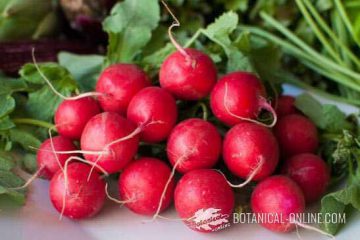
A diet rich in cruciferous plants, such as cabbage, broccoli or turnips, has a protective effect against different types of cancer, such as breast, lung, colon, rectum and prostate cancer.
For the anti-cancer components of glucosinolates to be released, raw vegetables must be shredded, by chewing vegetables, or grinding mustard, for example.
By breaking the plant structures, the myrosinase is released, an enzyme that is responsible for breaking down the glucosinolates in thiocyanates and indoles. These compounds are those that have anticancer activity.
The anti-cancer properties of these vegetables are not found in broccoli baked or boiled for a long time, since heat destroys the enzyme myrosinase and therefore can not form antitumor compounds.
To have the benefits of its anti-tumor components, it is best to blanch these vegetables or eat them raw in salads or sauerkraut.
Cruciferous vegetables for slimming
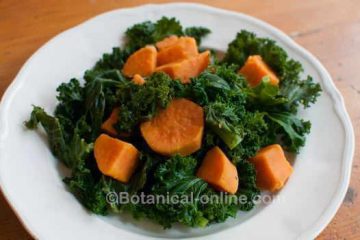
Cruciferous vegetables are very depurative and nutritious. They are very beneficial – and almost essential -, in diets to lose weight, in diabetes and for people with a tendency to overweight. In all these cases you should eat these vegetables at least 3 times a week (radishes, cabbage, broccoli, …).
They are recommended for their satiating power, due to their fiber content, but above all for their high nutritional value.
They provide many vitamins and minerals as important to the heart as folic acid, potassium or magnesium.
They also have important antioxidant properties to improve liver health and to help reduce excessive LDL cholesterol.
Other properties of cruciferous vegetables
- Digestive: these plants contain sulfur compounds (glucosinolates), which in small quantities are appetizers and help digestion.
- Anti-aging food: These vegetables are very rich in antioxidants, whose requirements increase during weight loss, in smokers, or when there is a lot of stress. Because of their vitamin C content, they are excellent foods for the immune system, in anti-aging diets, and to maintain healthy cartilages and strong bones.
- For the eyesight: the intense green color of these vegetables indicates their richness in vitamin A, in the form of carotenes. This vitamin is important to maintain good vision and healthy skin.
- Diuretic: these vegetables contain a high amount of potassium, which gives them a very diuretic effect.
CRUCIFEROUS VEGETABLE CONTRANDICATIONS
Cruciferous vegetables can be irritating
Consumed in large quantities, they have a rubefacient effect, that is, they cause the redness of the skin and the sensation of heat or burning. Condiments with high glucosinolate content, such as mustard, are discouraged in people who must follow a diet for gastritis, people with heartburn, dyspepsia or digestive ulcers.
Benefits of growing Cruciferae
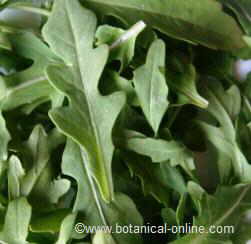
Cruciferous plants are a type of crop that provide good green manure. These plants, which develop very quickly, are able to take advantage of the minerals available in the soil better than any other type of crop, due to their long roots, which capture the minerals of the soil to accumulate them in the aerial parts of the plant.
Some of these plants, such as mustard, are used as a cover crop to associate with horticultural crops such as grapes.
Its cultivation in the orchards and vineyards improves the physical conditions of the soil, providing nitrogen fertilizer to the land when it is subsequently used as a green manure.
Its use is also due to the fact that this type of plants help control weeds thanks to its content of sulfur-containing essential oils with fungicidal properties and inhibit the germination of other seeds (arvensis and other unwanted herbs in crops).
![]() More information on cruciferous vegetables
More information on cruciferous vegetables

